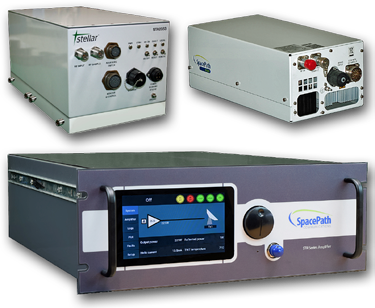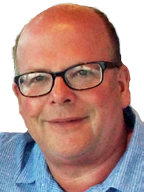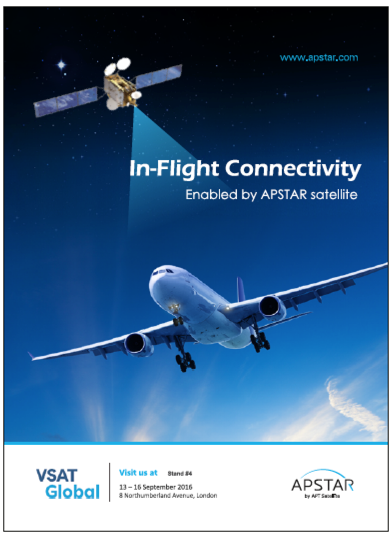The world of satellite communications continues to evolve, demanding ever increasing diverse solutions for uplink amplifiers; new frequency bands, higher powers, smaller size, improved connectivity—providing products to satisfy this demand is the business focus of Spacepath Communications.

Top left, 500W Ka- Liquid Cooled amplifier Top right, STA 3318 BUC Bottom: Rack amplifier
In April of 2014, the company was found upon the acquisition of the Stellar satellite uplink products from e2v Technologies, who had initially introduced their family of outdoor amplifier products in the mid-90s to service burgeoning demand. Spacepath has since embarked on a number a number of initiatives to enlarge their product range to cater to new market opportunities that include building on the proven performance of their Stellar products and strategic partnerships
One such Spacepath development is the new range of indoor, rack-mounted, uplink amplifiers. The Stellar products acquired from e2v include a range of outdoor products focused on the transportable market. The new rack mount amplifiers provide high power RF solutions for the fixed Earth Station market and cover C-, X-, Ku-Band and DBS. Power options for these offerings include 400W and 750W output power options [add image of rack mount amp].
These amplifiers use the established and reliable power supply technology of the outdoor units freshly packaged into a 19 inch rack mount format that is combined with the latest touch screen user interface. The design of the amplifier takes into account years of experience of understanding exactly what a customer needs—extreme care has been taken in the design of the layout to ensure ease of build as well as ease of maintenance, in order that key assembles and components such as the power supply, TWT and cooling fan can all be removed and independently replaced, when required.
The front panel control is also designed to enhance the customer experience by combining a touch screen and a multi-function wheel selector with a highlight, click and confirm process. The front panel provides the user with full control of the amplifier, operational status, constant power mode and a selection of configuration settings—single thread, 1:1 and 1:2 redundancy, graphic displays of trend analysis and event logs. This functionality is extended via the Ethernet port and is available through a web browser that mimics the front panel.
Improving user friendliness is also a theme for the popular StellarCool™ 400W and 750W with the units being upgraded to incorporate front panel controls and indicators as well as an Ethernet port that offers SNMP and the web browser.
The new SAT-BUC was developed to address the increasing interest and demand from the transportable DSNG market for small, lightweight, high efficiency, high power amplifiers. The SAT-BUC operates in the Ku-band and delivers 150W rated power and more than 100W of linear power over the band 13.75 GHz to 14.5 GHz and guarantees
• Third order intermodulation products of better than -25 dBc
• Spectral Regrowth of better than -30 dBc
at 1dB back off from rated power.
The SAT-BUC is housed in a 183x348x132.5 mm package, weighs less than 9 kg and consumes less than 850VA at rated power. The SAT-BUC also offers L-band input and a 10 MHz auto-sense internal reference as standard. When compared to other leading products, the SAT-BUC is the smallest, lightest device in its class. (12.75-14.50 bands optional.)
The STA1341 series is a new generation of Ku-band ‘UltraLinear’ outdoor amplifiers that are capable of providing more than a 175W linear power in a package that measures 217x220x400 mm and weighs less than 13.6 kg The amplifiers offer Ethernet connectivity as standard and options include L-band BUC.
There is also a range of new Ka-band amplifiers that include the smallest 500W TWTA currently available on the market, measuring 457x216x229 mm and weighing around 14.5 kg.
The STA3252 can operate over the frequency range 27.5 GHz to 31 GHz or selected sub-bands and deliver more than 240W of linear power. Again, Ethernet connectivity is standard and a range of L-band BUCs are available that offer 1 GHz instantaneous bandwidth. The 500W Ka- is also available in a water cooled version (STA3253) for hub mount installations.
The ‘traditional’ Stellar TWTA amplifier product base has been complimented by an extensive range of solid state amplifiers and BUCs. The solid state offering covers C-, X-, Ku-, Ka-band and DBS with output power ranging from 10W to more than 600W. The SSPA range underpins Spacepath’s objective to be able to offer the best high power amplifier solution for the required application, regardless of the technology base.
Earlier this year, Spacepath announced the opening of their US entity, Stellar Satcom. With the acquisition of the Stellar business from e2v, a large established customer base in the US was also realized, primarily within the mobile DSNG markets. Since launching the new company, existing customers are now able to access local support and new customers have direct access to the comprehensive range of new products. However, the company’s efforts certainly don’t stop there… Spacepath is continually tracking market trends and opportunities, such as HTS and competing technologies, 4G bonding and fiber infrastructure, to name but a few. On the horizon, the plans include:

• 100W DBS amplifier based on the successful StellarMini™.
•Higher power C, Ku & DBS 1250W Peak, UltraLinear amplifiers in both outdoor and rack mount formats
Terry Hall is the Engineering Development Manager for Spacepath Communications Ltd. Terry has more than 35 years of experience in the design and development of high power amplifiers for SATCOM, ECM and radar applications. Terry joined Spacepath in November of 2015, having previously been with e2v technologies Ltd.


